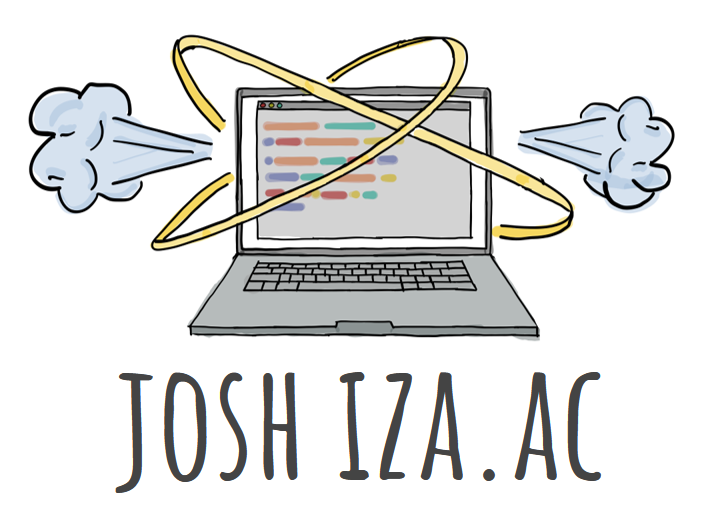Earlier this year, I was lucky enough to give a talk on quantum computing and near-term quantum machine learning at PyCon 2021. I’ve always loved the PyCon and SciPy conferences; in fact, one of my earliest memories during the first month of my quantum computing job was watching A Better Default Colormap for Matplotlib from SciPy 2015. It was my first freezing Toronto winter, snow and ice were baralleling past the window, and the comforting sound of the garment press above — our office was situated in an old building in the Fashion district, typical for an early stage startup — punctuated my viewing every couple of minutes with a heavy HISSS thunk.
The thing I loved most about traversing the PyCon YouTube playlist was not just the diverse topics
of talks, but the level of detail available. Delve into the story of API compatibility between
NumPy and PyTorch, how to utilize Python for
knitting, how Python automatically inserts self
into methods, or what happens when you find yourself
accidentally becoming an open source maintainer. And
these are all talks from this year!
For a while, I’ve often daydreamed what I would talk about if I had the opportunity to talk at PyCon. It turns out, it’s the same thing I am passionate about day-to-day (who would have thought!) — how we can use Python to differentiate and train real quantum devices.
Finally, I just want to provide a big thank you to the PyCon 2021 organizers. Organizing a conference of this size is hard, let alone during a global pandemic. With all the upheaval over the last year and a half, I find it incredibly amazing that I was able to participate from so far away — Google informs me that there is 18,300 km separating Western Australia from Pittsburgh, the original location of PyCon 2021!
